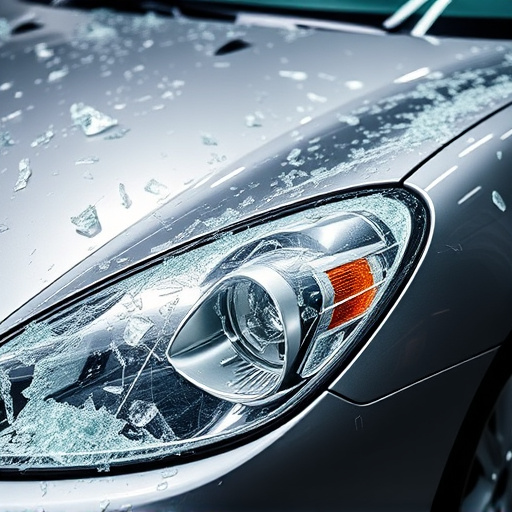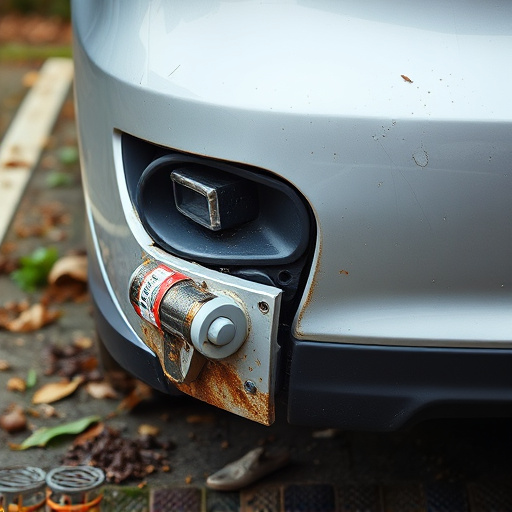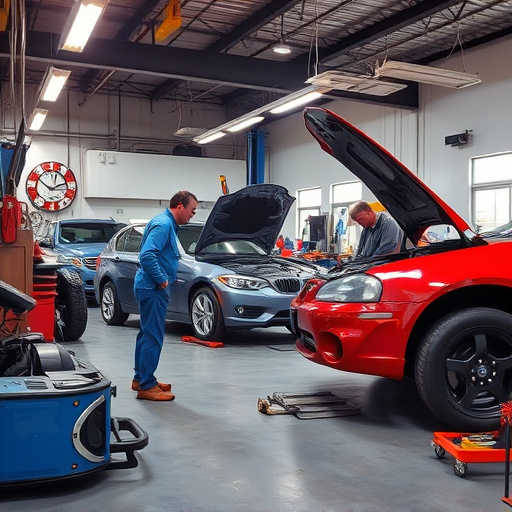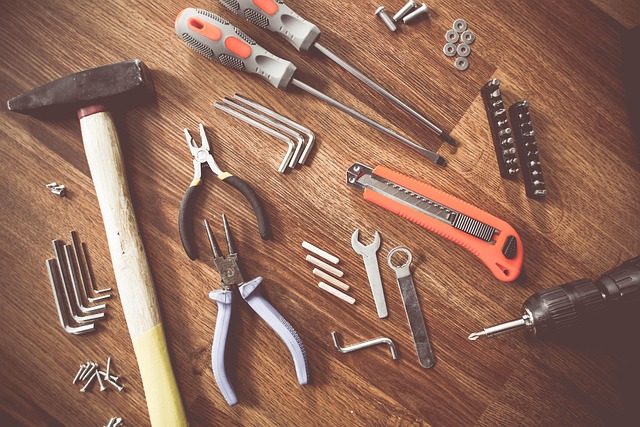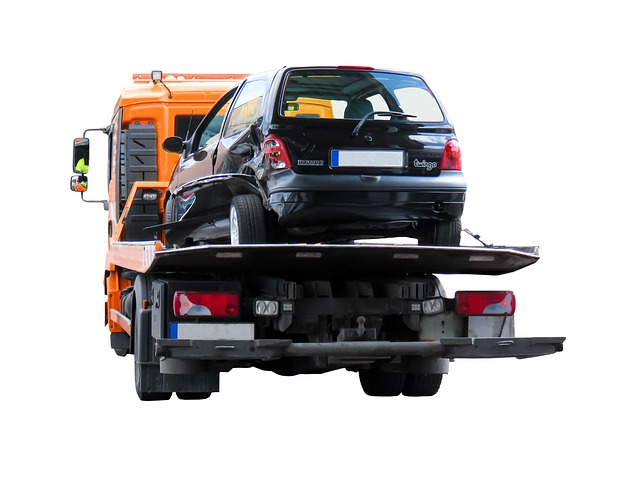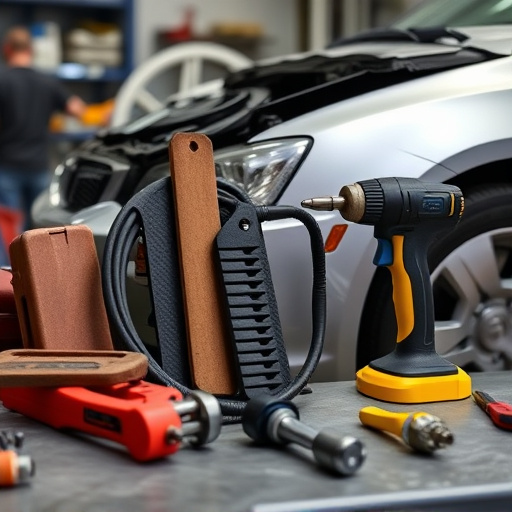Mercedes brake assist recalibration is a safety-critical process using specialized tools to fine-tune braking system sensitivity and response, enhancing stopping power and overall vehicle safety, especially in classic car restorations with aftermarket parts. Regular maintenance ensures adherence to stringent Mercedes collision repair standards.
“Mercedes owners often wonder about the intricacies of their vehicle’s brake system, particularly when it comes to the Brake Assist feature. This article delves into the process of Mercedes brake assist recalibration, a crucial maintenance task for optimal safety and performance. We’ll guide you through understanding this procedure, outlining the necessary tools approved by Mercedes, and providing step-by-step instructions to ensure your vehicle’s braking system is accurately calibrated.”
- Understanding Mercedes Brake Assist Recalibration
- Tools Required for Factory-Approved Adjustments
- Steps to Accurately Recalibrate Your Brake System
Understanding Mercedes Brake Assist Recalibration
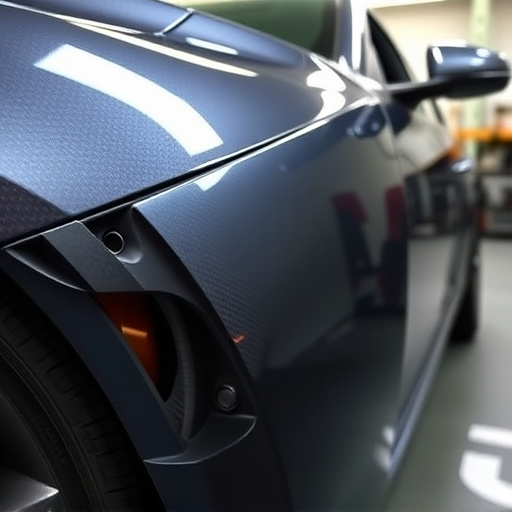
Mercedes Brake Assist Recalibration is a critical process that ensures your vehicle’s braking system operates at its peak performance. It involves adjusting the sensitivity and response of the Brake Assist system, which uses sensors to detect sudden stops or emergency maneuvers. By recalibrating this system, drivers can experience improved stopping power, reduced brake pedal travel, and enhanced overall safety on the road.
This process requires specialized tools designed by Mercedes-Benz to make precise adjustments to the system’s electronic controls. These tools ensure the changes are accurate and factory-approved, maintaining the vehicle’s integrity and safety standards. Think of it like fine-tuning a symphony; each adjustment refines the overall performance for optimal results—much like how a skilled mechanic ensures your car dent repair or automotive restoration work is done with precision and care.
Tools Required for Factory-Approved Adjustments
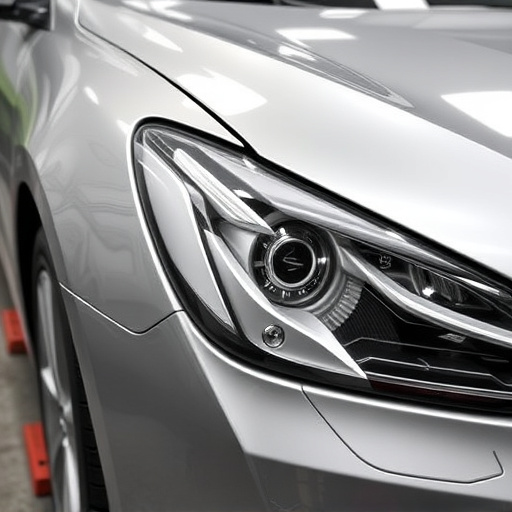
To perform a Mercedes brake assist recalibration, specifically designed factory-approved adjustment tools are essential. These tools ensure precise and accurate adjustments to the vehicle’s braking system, which is crucial for optimal safety and performance. Among these tools, specialized torque wrenches play a pivotal role in ensuring correct tightening specifications for various components, thereby facilitating a thorough mercedes benz collision repair process.
Additionally, diagnostic scanners and calibrators are indispensable for adjusting and testing the brake assist system. These devices allow technicians to diagnose any issues and fine-tune the settings, contributing significantly to the overall quality of vehicle bodywork repairs, including minor dents or more substantial damage. By leveraging these factory-approved tools, mechanics can deliver top-tier mercedes benz collision repair services while adhering to strict safety standards.
Steps to Accurately Recalibrate Your Brake System
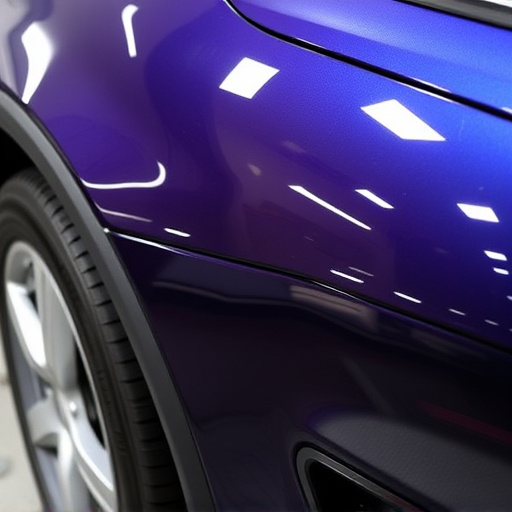
Recalibrating your Mercedes brake assist system is a precise process that requires specific tools and expertise. Start by ensuring your vehicle is safely secured and all necessary components are accessible. Next, gather the factory-approved adjustment tools designed for accurate calibration. These tools are crucial for adjusting the sensor settings and ensuring optimal performance.
Follow a step-by-step guide provided by Mercedes or consult a professional mechanic to avoid any errors. The process involves calibrating each sensor individually, testing the system’s response under various conditions, and making adjustments as needed. Regular maintenance and timely recalibration are essential for maintaining safety standards, especially in classic car restorations where original equipment may be replaced with aftermarket parts, requiring specific auto glass replacement or vehicle repair considerations.
Mercedes brake assist recalibration is a precise procedure that, when performed correctly with factory-approved tools, can significantly enhance vehicle safety and performance. By understanding the process and using the right equipment, car owners can ensure their brake systems are accurately adjusted for optimal stopping power. This knowledge empowers folks to navigate the process confidently, fostering a sense of control over their vehicle’s critical systems.
